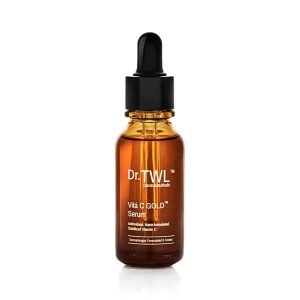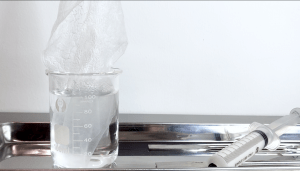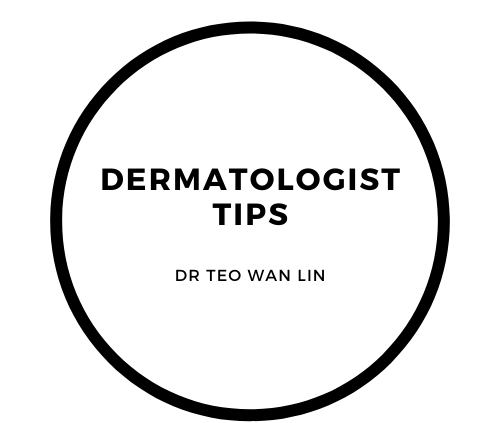The Role Of Vitamin C In Treating Hyperpigmentation
In this series of articles, I shall expound on the science and chemical aspects of skin lightening agents, both prescription and over-the-counter alternatives. In the second installment, we shall cover the role of Vitamin C in treating hyperpigmentation.
Vitamin C
Vitamin C is a naturally occurring antioxidant. It acts as a reducing agent in a chemical reaction known as oxidation. This occurs in melanin formation and thus Vitamin C is effective in inhibiting melanogenesis.
Why Can’t We Use Vitamin C From Fruits And Vegetables?
While some online blogs recommend the use of DIY vitamin C products from fresh produce such as fruits and vegetables, we do not advise the use of such formulation. This is because vitamin C from fresh produce is unstable and it most likely has no ability to have any anti-oxidant effects on the skin. What happens in the laboratory for vitamin C is engineered for skin absorption is for it to undergo a chemical process known as esterification to form stable products related to vitamin C such as magnesium-ascorbyl-phosphate, sodium-ascorbyl-phosphate and other derivatives such as ascorbyl-6-palmitate.
Phytophotodermatitis is a phototoxic reaction to contact with certain plants. It is caused by direct skin contact with the plant, fruit or vegetable. Initially, itchy blisters and reddened patches will appear on the exposed skin. Thereafter, the postinflammatory pigmentation may persist for weeks to months.

Dr.TWL Vita C GOLD™ Serum is a stabilized form of Vitamin C which revitalizes dull skin.
Why Should I Use Vitamin C (Ascorbic Acid) Rather Than Hydroquinone?
A study compared ascorbic acid and hydroquinone in treating female patients with melasma showed signs of improvement. Although hydroquinone appeared to be more effective, vitamin C may play a role as it does not have any side effects. It can also be used alone or in combination therapy.
Are There Ways To Increase The Absorption Of Vitamin C?
Penetration of vitamin C into the skin is generally lower than other active ingredients. I usually recommend the following tips to increase penetration of any cosmeceutical in general. First, I would recommend the use of a manual roller for facial massage to increase blood circulation. Next, I would recommend the use of devices such as microdermabrasion and radio frequency which helps to stimulate the skin to absorb cosmeceuticals more effectively. Lastly, the use of an occlusive wet mask in the form of a polysaccharide mask which is derived from plant roots which help to hold a reservoir of nutrients close to the skin long enough for it to be absorbed. A medical patch such as the trans-delivery Qraser patch is also recommended. 
Dr.TWL Polysaccharide Mask
More information on increasing skin absorption of cosmeceuticals can be found at www.twlskin.com/a-dermatologist-talks-enhancing-skin-absorption-of-cosmeceuticals/.







Leave a Reply
Want to join the discussion?Feel free to contribute!